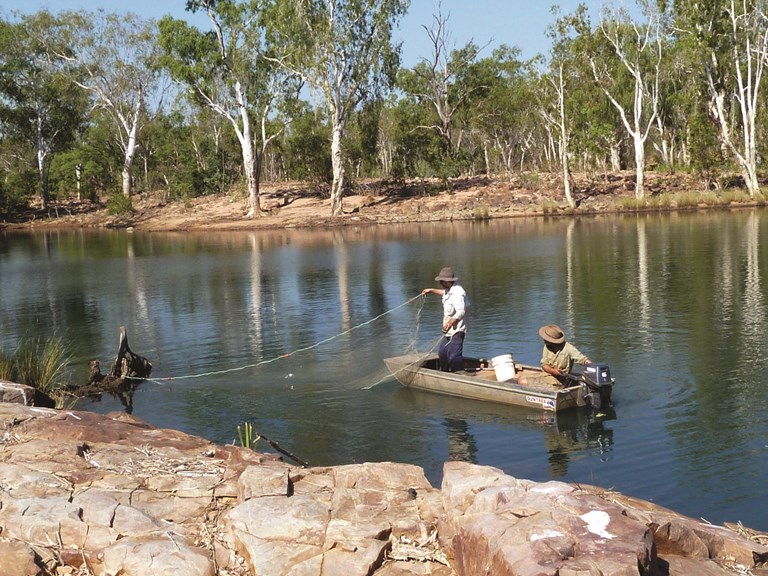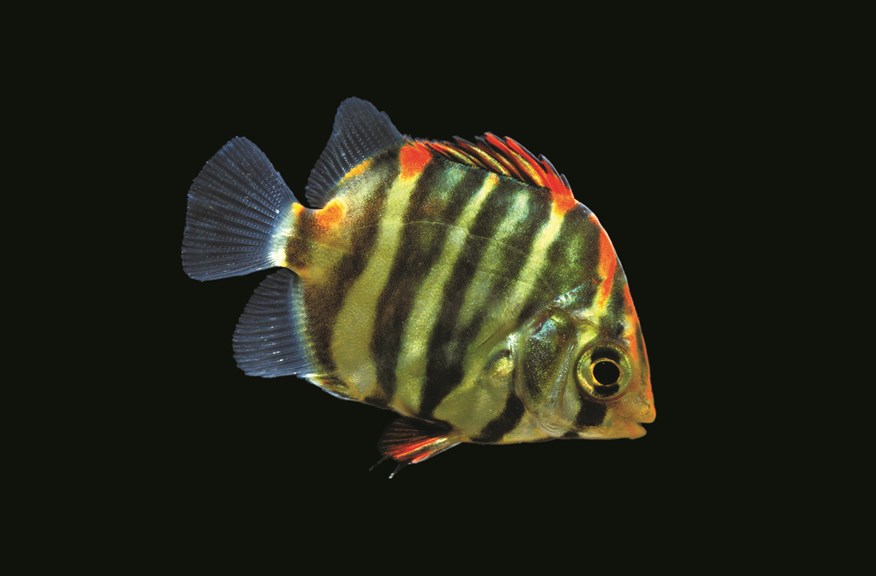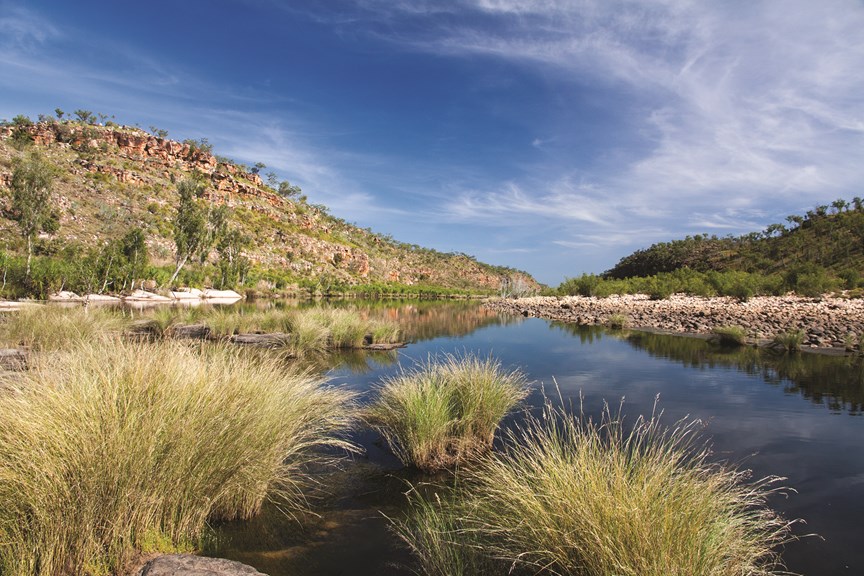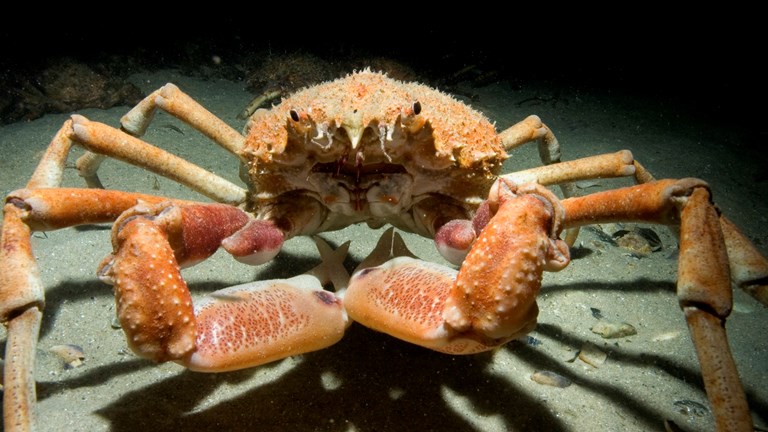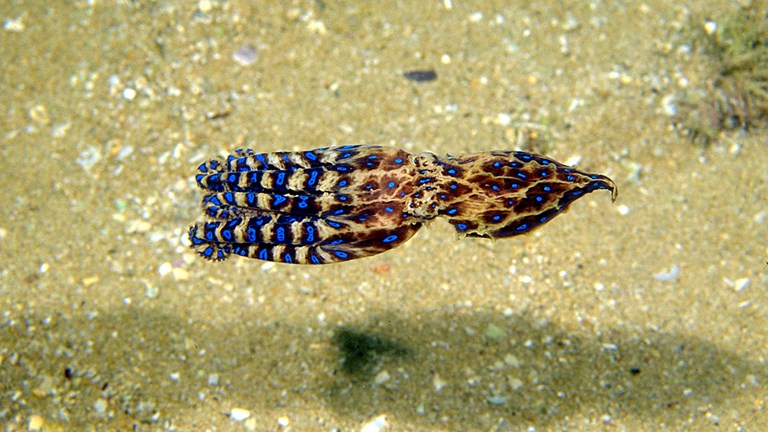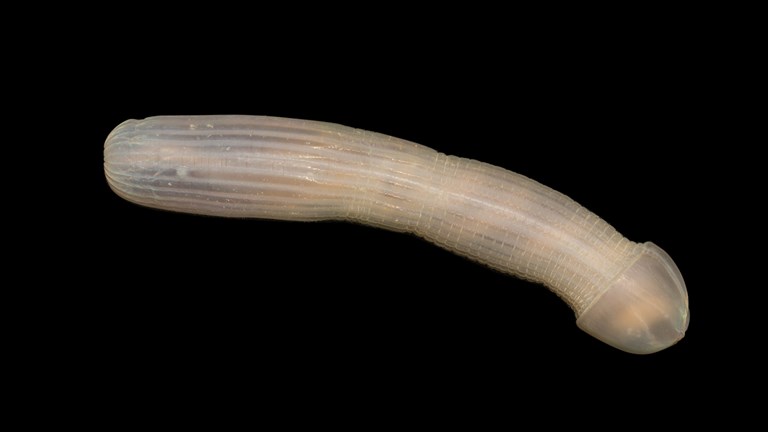A treasure trove of freshwater fish biodiversity
New Field Guide to the Freshwater Fishes of the Kimberley highlights the need to conserve this hotspot for biodiversity.
Vast and remote, this beautiful landscape is home to a rich diversity of flora and fauna, many of which are found nowhere else on Earth.
Protected by its isolation, human pressures are exacting an increasingly heavy toll on the region’s environment and its inhabitants. This places greater importance on understanding its intricate web of relationships and dependencies, so that we can conserve and protect them.
A small but significant contribution to this effort is a new publication, A Field Guide to the Freshwater Fishes of the Kimberley, the result of 6 years of work by a national team of scientists from across Australia.
A Field Guide to the Freshwater Fishes of the Kimberley
As co-author Dr Martin Gomon, a Senior Curator of Ichthyology at Museums Victoria explains, "The publication of A Field Guide to the Freshwater Fishes of the Kimberley marks a significant improvement in our understanding of the wealth of freshwater fishes inhabiting Australia’s most biodiverse region."
The field guide documents 65 fresh water fish species from the Kimberly, including 32 that are endemic to the region, from the iconic Barramundi, to brightly coloured rainbowfishes, algae-grazing grunters and rare Freshwater Sawfish.
For the first time it recognises twelve newly discovered species, including the Winton’s Grunter or "Hannia wintoni", named in honour of the renowned author and conservationist, Tim Winton, who also contributed the foreword for the guide.
The authors were inspired to do this given Tim’s passion for the Kimberley, conservation and the passion for fish and water that flows through his books.
Species discovery
The field guide is the result of a collaborative effort by scientists at Museums Victoria, University of Melbourne, Museum and Art Gallery of the Northern Territory, Murdoch University’s Freshwater Fish Group and Fish Health Unit and Western Australian Museum.
Part of this team had participated in a three-year grant funded project to enhance understanding of freshwater fish species in the Kimberley, whose remoteness meant many of its rivers had never been adequately surveyed.
Focusing on 17 rivers across the region, the researchers used underwater cameras, electrofishers and nets to sample fish of all shapes and sizes.
What they found was the Kimberley is the pinnacle of freshwater fish diversity in Australia.
Evolution in isolation
Compared with other continents, Australia has an extraordinarily low diversity of freshwater fish species. This is due to cyclical changes in climate over the past millions of years.
Recurring periods of continent-wide drying have led to the periodic disappearance of freshwater lakes and rivers, as well as the animals that live in them. This has prevented species numbers from flourishing over the millennia.
"In the Kimberley a network of rivers make their way to the north and west coastlines. The isolation of many of these has allowed the fish species they support to slowly evolve independently over time, to the point that they are recognised as new, separate species," explains Martin.
"This is the reason why these river systems are home to such a phenomenal number of species. And although species numbers are still small on a worldwide scale, they are markedly greater than any other Australian region of comparable size."
Sharing Indigenous knowledge
This publication also recognises the Indigenous knowledge of the region’s fish, gleaned from millennia of observing and recording what swims and breeds in the Kimberley’s waterways.
As co-author Thomas Saunders, a specialists in Aboriginal languages relates, "The Kimberley region contains both the highest diversity of freshwater fish and highest diversity of Aboriginal languages."
The Kimberley region has around 30 languages, and this field guide presents Indigenous names for a range of freshwater fishes, some for the very first time.
Conversations with traditional owners have also provided insights to the ongoing use, changing distribution and traditional stories of aquatic life in the region.
Protecting the region's biodiversity
As Dr Martin Gomon said, "this field guide aims to raise awareness and understanding of the Kimberley's rich biodiversity, which can in turn drive future management and conversation efforts in the face of increasing human pressure across the region."
This book is a great example of how science isn’t finished. Science is only beginning to understand the true biodiversity of the region, and the trend of new discovery is likely to continue with further exploration of more remote and poorly surveyed rivers in the region.
A Field Guide to the Freshwater Fishes of the Kimberley is on sale via the Museum and Art Gallery Northern Territory.
Supported through funding from the Bush Blitz Program and partnership with the Australian Government, BHP Billiton and Earthwatch Australia.

- [email protected]
- Telephone
- 0437 565 300


